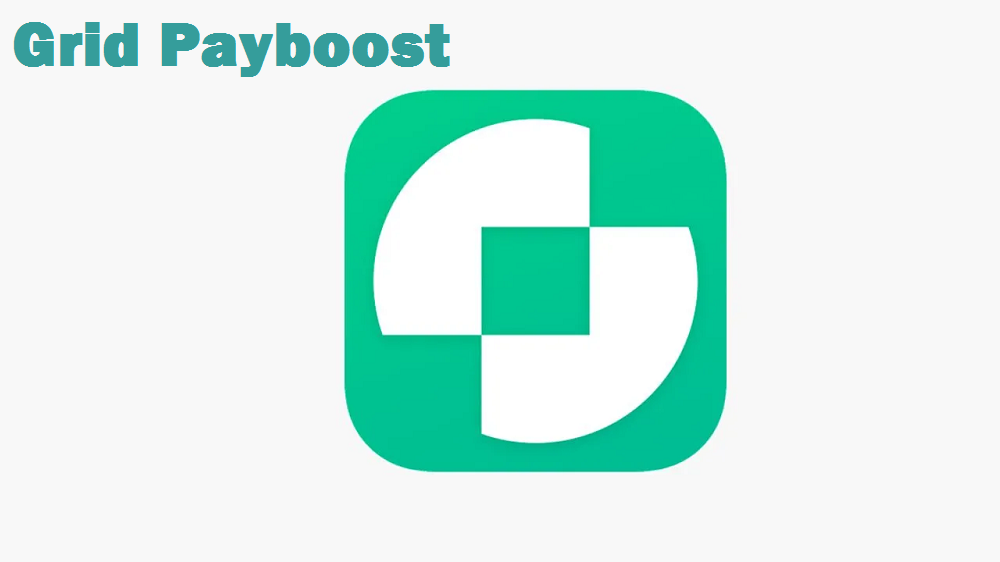The financial world has undergone some considerable modifications after the introduction of cryptocurrency into the digital world. The first digital currency to exist is Bitcoin but many have followed the digital race after this coin. Bitcoin is said and known to be the first uncontrolled cryptocurrency that came as an electronic form of cash after the recession of 2008. It serves as an alternative to the physical money that we keep with us in physical form. Certain currencies that have come into existence after Bitcoin have come out as FORK of Bitcoin. For example, Bitcoin Gold, Bitcoin Cash, Monero, Ethereum etc. All these preceding currencies have come out in the crypto industry as a fork of Bitcoin.
A fork in a cryptocurrency is termed as an agreement between the developers that decide to make certain changes that form a basis for it and are quintessential for its growth. Forking has rather proved to be an additional feather to the cap, the reason being the process that is made so simplified for dealing with scalability issues. The miners without paying any additional fee can process many transactions with the forking feature provided in the blockchain. While a fork takes place, it can be of two types. The one is a soft fork where it is not a permanent change that occurs to the protocol of a currency while the other one is the hard fork, where any change made to the fundamentals of a currency is permanent and this fork gives rise to a new fork altogether that is itself an independent currency but with certain technical similarities.
BLOCKCHAIN FORK
A fork as stated above is a phenomenon where a part that was earlier linked to software is diverted or separated from the original one. But as per the current scenario, the phenomenon has gained much wider application by its users specifically in cryptocurrencies. In a blockchain fork, a blockchain deviates into different paths where the similarity that lies is that the block height in such a situation is the same. The code in a blockchain needs certain technical changes to the associated project. The changes as enshrined above can be temporary or permanent. To start trading with bitcoin, you should visit BitQT System
WORKING OF BLOCKCHAIN FORK
When forking takes place the set of rules that were earlier in operation are changed to a pre-decided new set of rules. There is no hard and fast rule to their acceptance. They might be rejected by all or some participants, or accepted by all or some participants to a network. They vary to each case as per the preceding situations. Identification of these new changes is a must by the nodes to a given network. Any rule that is not brought into action or is not accepted by a node attracts several consequences.
TYPES OF FORKS
· HARD FORK
· SOFT FORK
When a blockchain fork into a hard fork the earlier transaction that has been made goes invalid. The nodes if they verify any block after a fork it will end up being invalid. Any change that has been completed after a hard fork takes place, these changes can be retrieved. Whereas in the other case, any old transaction, if a node resolves it to be valid will be valid irrespective of the change, because the changes made are not of permanent nature.
CONCLUSION
The topic that has been discussed above talks about the forking process that takes place in the blockchain. It further talks about how it works and its types. I hope the information that I have provided above would enhance your knowledge as to the forking process and would serve the purpose of imparting such vital information for your crypto trading.



